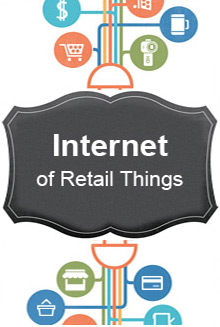Tapping into the insights provided by analytics is key to creating a learning experience that is rich and engaging.
In addition to the exponential progress and advances in technology, improvements have happened and are happening in various spheres and walks of life. Learning is one such area where a paradigm shift has taken place and we have seen the emergence of new learning models which are engaging and interactive.
However, before we talk of new learning models, it is necessary to understand certain basic facts about learning:
1) The learner must be clear about how picking up a topic is relevant to him or her.
2) Learning which excites the senses is likely to be retained longer and more effectively.
3) ‘Smart’ learning is more effective for retention.
4) Learning must be rehearsed in the mind as otherwise the short retention time will make it redundant.
5) Motivation is a prerequisite.
6) New information is generally not completely unfamiliar, because the learner has some information about the topic and the learning confirms or contradicts it.
7) Grouping together bits of information on the same topic enhances the efficiency of learning.
8) Time for consolidation of thought helps efficient learning.
9) Practical experiments, when possible, aid learning and retention of knowledge.
In the last few years, we have seen new learning models evolve with the advancement of technology and progressive thinking. Some of these models that arose from this include flipped classrooms, gamification and competency-based education. In this light, the importance of using analytics to provide a rich personalized learning experience has increased. So, what is personalized education? It is when pace of learning and the instructional approach are optimized for the needs of each learner. As this becomes more important in today’s times, all forms of learning models should start move towards achieving the quality one associates with this concept. Hence, learning events need to be captured and analyzed to understand how best education can be delivered to make it more effective.
Real-time inputs
While some of the data can be taken after the event in a batch mode, it is important, in many cases, to capture the attention of the learner at the time of learning, using real-time analytics. Analytics in real time can instantly understand the context of the learning and provide the student with the right content in the right form at the right pace. This requires fast computing and algorithms to determine the sequence of presentation of the content.
It is here that an analytics platform with real-time capabilities which can expose application programming interfaces (APIs) to the resultant data can prove to be useful. These APIs can be consumed by adaptive engines to provide personalized education. The adaptive engine integration involves a two-way communication between the learning platform and the adaptive engine. For example, while the learning platform provides the context of the user, the adaptive engine consumes the content and associated rules and makes a call back to the learning platform with the right content.
In an era where more and more products are being fine-tuned to the unique needs of consumers, it is time to do away with a ‘one-size-fits-all’ approach to learning. Embracing new learning models and tapping into the insights provided by analytics is key to creating a learning experience that is rich, engaging and able to stand the test of time.
A version of this article by Vish originally appeared in the Deccan Herald

Vish is Senior Director and Head of EduTech at Happiest Minds is closely invested in the intersection between education and technology. Having worked in the education industry for two decades, Vish has a deep understanding of how digital technologies can be used as a key enabler in facilitating better learning experiences.
At Happiest Minds, Vish works with some of the largest EdTech and publishing companies across K12, Higher Education, Professional and corporate learning segments in helping them leverage digital tech to deliver better learning outcomes.






